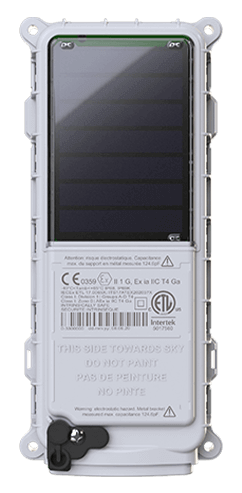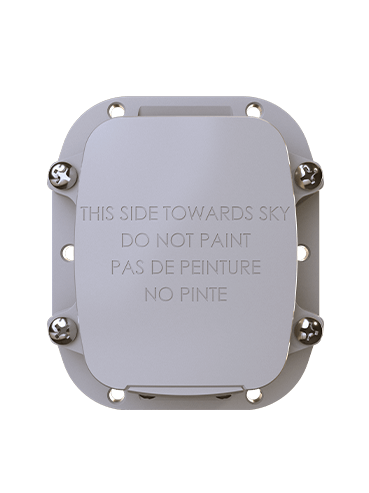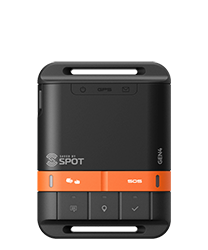From Sheep in Norway to Elephants in Africa: Using Satellite-Based M2M Collars is Today’s Smart Way to Track Livestock
Keeping track of valuable livestock grazing in remote regions is a daily challenge for farmers. With technology powered by Globalstar, farmers can obtain regular updates on where their animals are at any time.
Keeping track of valuable livestock grazing in remote regions is a daily challenge for farmers. Losing livestock to predators, or through illness, during the grazing season not only affects that year’s revenue, but can also have a profound impact on the quality of the breeding foundation for future herds for years to come.
Halvor Mjoen comes from a long line of Norwegian sheep farmers and knows this only too well. His own family lost 22 per cent of its sheep herd to predators during the 2009 mountain grazing season. Determined to find a solution to the enduring problem of how to better track and safeguard his family’s flock in the mountains, where there is no cellular coverage, Mjoen hit upon the idea of a satellite-based M2M collar that acts as a virtual shepherd, alerting the farmer to potential problems. The result was the setting up of FindMySheep AS - and the start of a close partnership with Globalstar.
FindMySheep’s tracking collar is based on Globalstar’s reliable, low-cost STX-2 IoT Modem, which sends one-way, packet-switched data automatically on a time or event-driven basis via Globalstar’s second-generation mobile satellite network. After conducting a number of successful, large-scale field trials in Norway, FindMySheep started marketing the collars commercially in time for Norway’s 2013 grazing season. The Globalstar VAR sold a substantial 3,500 collars to Norwegian farmers in its first season.
The sealed collars have been built to be robust, light and waterproof. As well as the STX-2 module, they feature a long-lasting lithium ion battery that can be recharged using an inductive charging system.
A farmer activates the collars in a similar way as with a SIM card. Once activated, the collars can be set up, via a web portal, to send a pre-set number of messages per day via Globalstar’s network; for example, at the start of the season, this might be set to one message per day, while at the end of the grazing season, when the sheep are being herded back down the mountain, a higher frequency of messages can be scheduled.
The data collected shows the time-stamped latitude and longitude of each sheep and the remaining battery life of the unit. It is also possible to view an animated video which shows where each sheep has moved on a map.
Farmers can use the solution to geo-fence their livestock – essentially, defining an area in which they want their livestock to graze. An SMS message is sent alerting the farmer to any animals that are close to the edge of this area or that have managed to escape. This functionality is already being used by reindeer farmers in Norway to keep reindeer away from railway lines.
The FindMySheep system can also be used to detect abnormal behaviour. For example, it can be set up to alert the farmer if a sheep has moved more than the average 5km per day – which might signal that the sheep has been scared off by a predator or is struggling to find grass. Someone can then be dispatched to check on the sheep. Over time, the system also provides a data trail that can be used to determine the optimum grazing areas for future herds.
With trials of the FindMySheep collar now underway in Brazil (cattle) and North Africa (elephants), it’s clear that livestock tracking - whether for commercial reasons or to monitor endangered species - can be handled extremely cost-effectively using satellite-based M2M, whether in the Norwegian mountains, the African savannah or a remote Brazilian cattle ranch.
 SmartOne Solar
SmartOne Solar SmartOne C
SmartOne C STX3
STX3 STX3 Dev Kit
STX3 Dev Kit SPOT X
SPOT X SPOT Gen4
SPOT Gen4 SPOT Trace
SPOT Trace